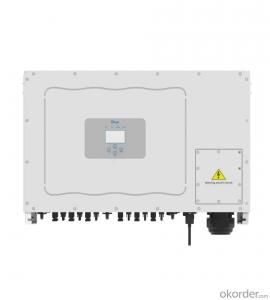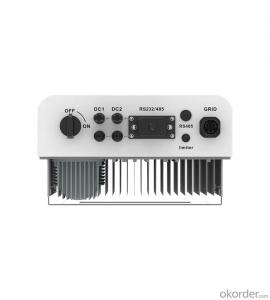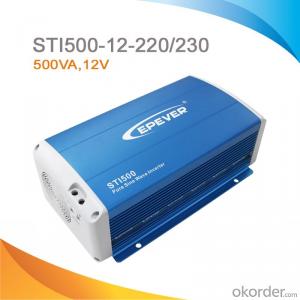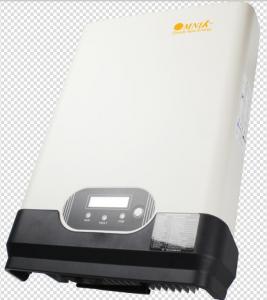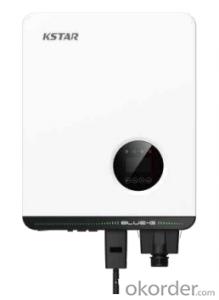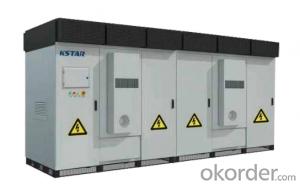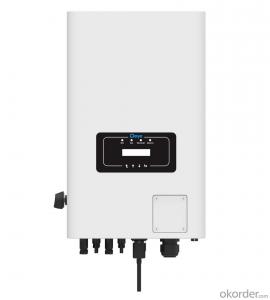All Categories
- - Steel Wire Rod
- - Steel Coils
- - Steel Profiles
- - Steel Pipes
- - Stainless Steel
- - Tinplate
- - Special Steel
- - Steel Sheets
- - Steel Rebars
- - Steel Strips
- - Hot Rolled Steel
- - Cold Rolled Steel
- - Pre-painted Steel
- - Seamless Steel Pipe
- - Welded Steel Pipe
- - Hollow Steel Tubes
- - Galvanized Pipe
- - Stainless Steel Coil
- - Stainless Steel Sheet
- - Stainless Steel Plate
- - Stainless Steel Strips
- - Electrolytic Tinplate Coil
- - Electrolytic Tinplate Sheet
- - Stainless Steel Rebars
- - Solar Panels
- - Solar Water Heater
- - Solar Related Products
- - Solar Inverter
- - Solar Cells
- - Solar Light
- - Solar Energy Systems
- - Solar Controllers
- - Solar Mounting System
- - Solar Pump
- - Solar Chargers
- - Fiberglass Chopped Strand
- - Fiberglass Mesh Cloth
- - Composite Pipes
- - FRP Pultrusion Profiles
- - Fiberglass Mat Tissue
- - Fiberglass Fabrics
- - Fiberglass Mesh
- - Composite Tank
- - Fiberglass Mesh tape
- - Polymer
- - FRP Roofing Panel
- - Fiberglass Roving
- - Monolithic Refractories
- - Ceramic Fiber Products
- - Refractory Bricks
- - Raw Materials For Refractory
- - Suspended Platform
- - Cranes
- - Concrete Machinery
- - Earthmoving Machinery
- - Building Hoist
- - Road Building Machinery
- - Plastic Pipe Fittings
- - Plastic Tubes
- - Plastic Sheets
- - Agricultural Plastic Products
- - Plastic Nets
 All Categories
All Categories
Q & A
How does a solar inverter convert DC (direct current) to AC (alternating current)?
A solar inverter converts DC (direct current) to AC (alternating current) through a multi-step process. First, the DC electricity generated by solar panels is fed into the inverter. The inverter then converts the DC electricity into a high-frequency AC waveform. This high-frequency AC waveform is then fed into a transformer, which steps up the voltage to the required level for grid connection. Finally, the transformed AC electricity is then fed into the electrical grid or used to power appliances, effectively converting the DC power generated by solar panels into usable AC power.
What is the role of a low voltage ride-through feature in a solar inverter?
The role of a low voltage ride-through feature in a solar inverter is to ensure that the inverter remains operational even during temporary drops in grid voltage. This feature allows the inverter to ride through low voltage conditions, preventing it from shutting down and maintaining a stable power output. It helps to maximize the efficiency and reliability of solar power generation, ensuring continuous electricity supply even in challenging grid conditions.
Can a solar inverter be used with a battery management system?
Yes, a solar inverter can be used with a battery management system. The battery management system is responsible for monitoring and controlling the charging and discharging of the battery, while the solar inverter converts the DC power from the solar panels into AC power that can be used to power electrical devices. By integrating the two systems, the battery can be efficiently charged and discharged based on the solar energy availability, maximizing the utilization of renewable energy and providing backup power when needed.
Can a solar inverter be used with different types of solar mounting systems?
Yes, a solar inverter can be used with different types of solar mounting systems. The inverter's primary function is to convert the direct current (DC) generated by the solar panels into alternating current (AC) for use in the electrical grid or to power appliances. The mounting system, on the other hand, is responsible for securing the solar panels in place. As long as the inverter is compatible with the electrical specifications of the solar panels and the mounting system is structurally sound, they can be used together regardless of the type of mounting system.
Wholesale Solar Inverter from supplier in Tunisia
We are confident that our expertise and dedication to customer satisfaction will make us the ideal choice for all your Solar Inverter needs in Tunisia. Contact us today and let us assist you in achieving your renewable energy goals.
